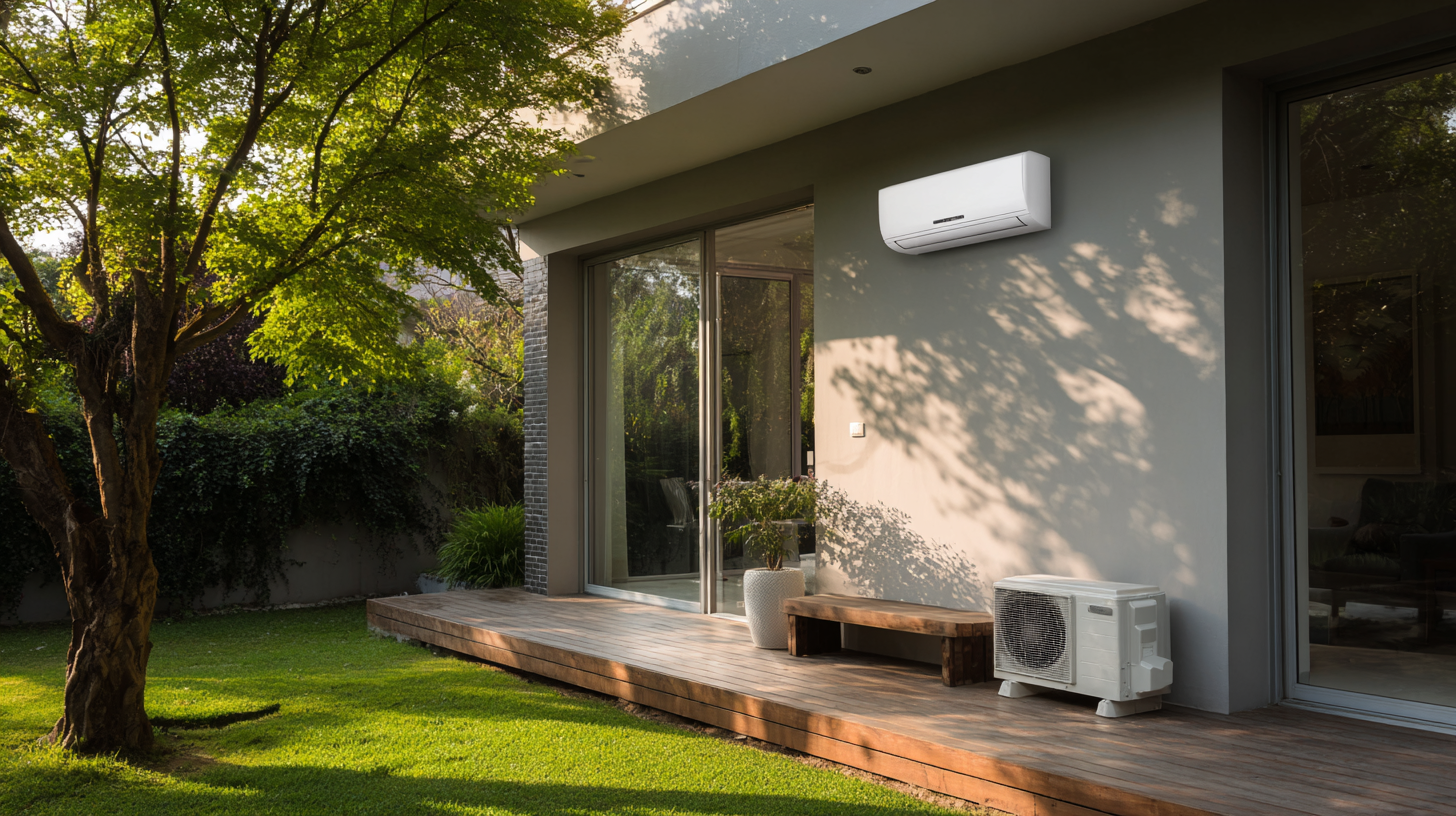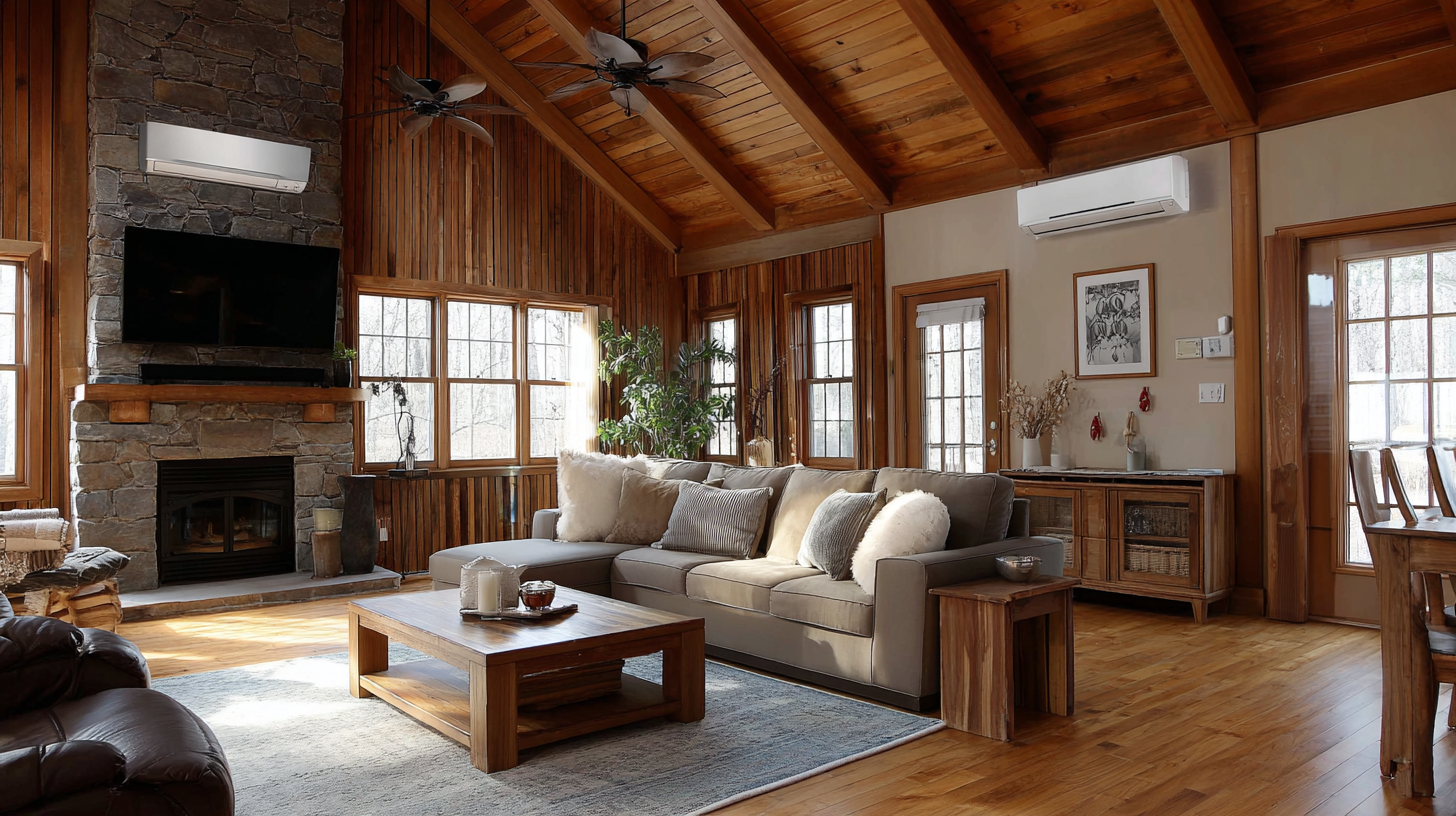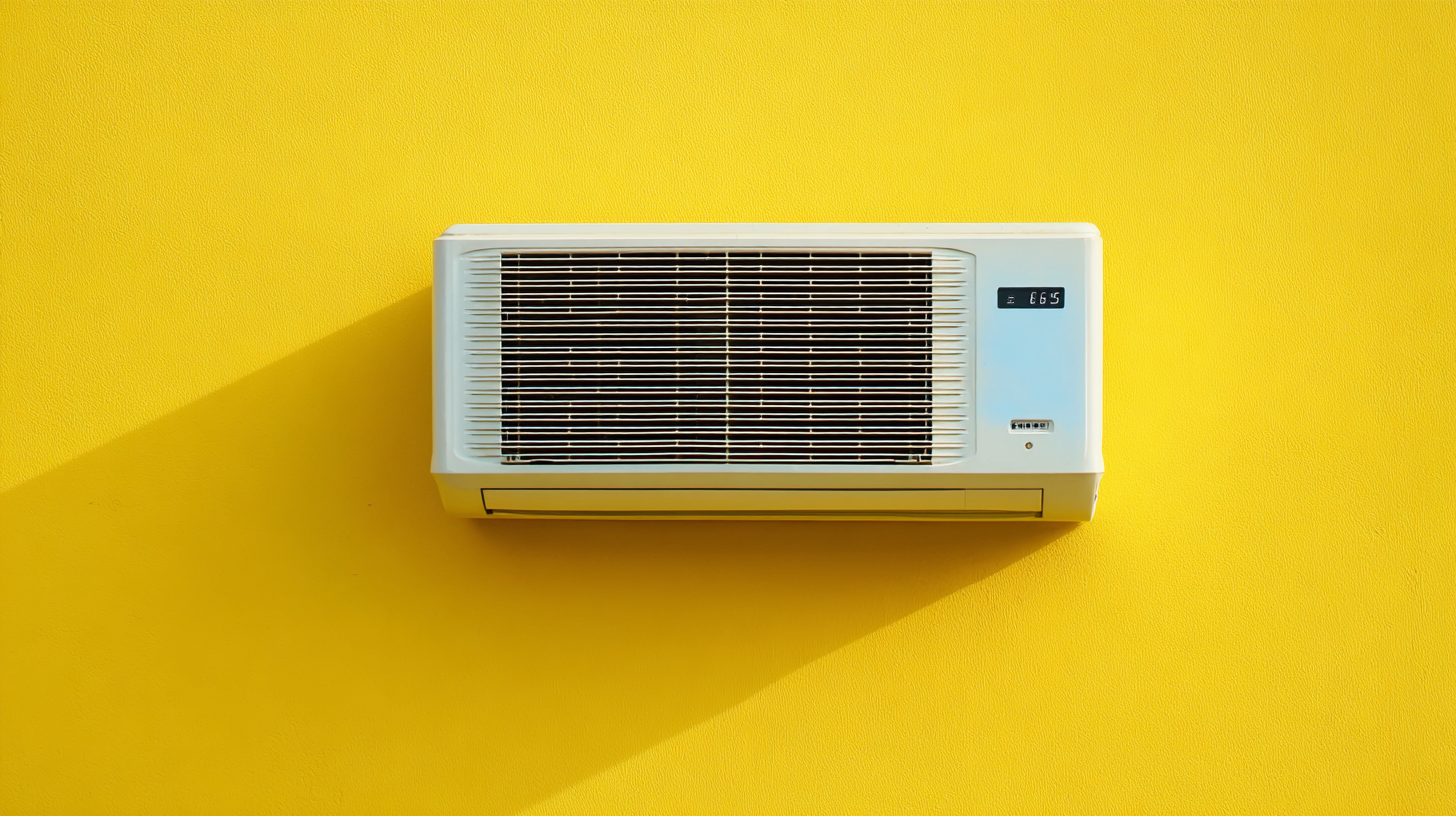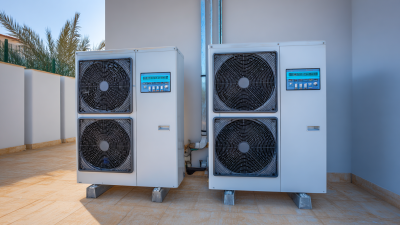Leave Your Message
In recent years, the adoption of Mini Split Heat Pumps has surged among modern homeowners seeking energy-efficient heating and cooling solutions. According to the U.S. Department of Energy, these systems can reduce energy consumption by up to 30% when compared to traditional HVAC systems, making them a cost-effective choice for climate control. Mini Split Heat Pumps offer the advantage of zoned heating and cooling, allowing homeowners to tailor the temperature in individual rooms, which not only enhances comfort but also contributes to energy savings. Furthermore, a study by the Air-Conditioning, Heating, and Refrigeration Institute highlighted that the installation of Mini Split Heat Pumps can result in a significant decrease in carbon emissions, aligning with the increasing demand for sustainable building practices in residential spaces. As we delve deeper into the numerous benefits and efficiency of Mini Split Heat Pumps, homeowners will discover that these systems are not just a modern convenience, but a strategic investment for a greener future.

When considering a mini split heat pump for your home, it is crucial to assess your specific heating and cooling needs. Begin by evaluating the size of your space. Measure the square footage of each room to determine the necessary cooling or heating capacity, often measured in British Thermal Units (BTUs). A properly sized unit ensures efficiency and comfort, preventing overworking the system and increasing energy costs.
Next, consider the number of zones you’ll need. Mini split systems can heat or cool multiple areas independently, allowing you to customize temperatures for each zone. Think about factors such as insulation, window placement, and the layout of your home, as these elements affect your energy efficiency. Additionally, explore the features offered by different models, such as energy-saving modes, variable speed compressors, and smart home integration. This will help you find a mini split heat pump that not only fits your needs but also enhances overall efficiency and convenience in managing your home's climate.
 Mini split heat pumps are becoming increasingly popular among homeowners looking to optimize energy efficiency in modern living spaces. With record-breaking heat waves hitting many regions, these systems offer a cost-effective solution for cooling homes while ensuring optimal energy consumption. The increase in residential heat pump market size reflects this growing trend, with projections indicating a significant market growth in the coming years.
Mini split heat pumps are becoming increasingly popular among homeowners looking to optimize energy efficiency in modern living spaces. With record-breaking heat waves hitting many regions, these systems offer a cost-effective solution for cooling homes while ensuring optimal energy consumption. The increase in residential heat pump market size reflects this growing trend, with projections indicating a significant market growth in the coming years.
To maximize the energy efficiency of mini split heat pumps, it is essential to consider different factors. First, proper installation can significantly affect performance; ensure that the units are placed in shaded areas or spots that can reduce the load on the system. Second, regular maintenance, including cleaning filters and checking refrigerant levels, is crucial for keeping the system operating at peak efficiency.
Tips: Program your mini split heat pump to operate during off-peak hours to save on energy costs. Additionally, using smart thermostats can enhance control over your home's temperature settings, further improving efficiency. By implementing these strategies, homeowners can not only enjoy a comfortable indoor climate but also contribute to energy conservation efforts.
Installing a mini split heat pump can be a transformative experience for modern homes seeking efficiency and comfort. The installation process begins with selecting the appropriate location for the indoor and outdoor units. Ideally, the indoor unit should be placed in a central location to ensure even temperature distribution, while the outdoor unit needs ample space for ventilation. Once the locations are determined, the next step involves mounting the brackets on the walls and fixing the indoor unit in place.
After securely installing the indoor unit, the next phase involves connecting the refrigerant lines and electrical cables between the indoor and outdoor units. This requires careful handling to prevent leaks and ensure safety. Next, the outdoor unit is mounted on a stable surface, equipped with proper drainage for condensation. The final steps include testing the system for optimal performance, ensuring that the air flow and temperature controls are functioning as intended. Following these straightforward steps can lead to a significant upgrade in home heating and cooling efficiency, making mini split heat pumps an attractive option for energy-conscious homeowners.
Maintaining your mini split heat pump is crucial for ensuring longevity and optimal performance. According to the U.S. Department of Energy, regular maintenance can improve the efficiency of these systems by up to 25%. A well-maintained mini split system not only enhances comfort but also reduces energy costs, as inefficient units tend to consume more power.

To keep your mini split heat pump running smoothly, focus on a few key maintenance tasks. Regularly clean or replace the air filters every 1-3 months to prevent airflow restrictions. Additionally, inspect the outdoor unit for debris and clear any obstructions that could hinder airflow. Scheduling a professional tune-up annually can also help identify potential issues before they escalate, ensuring that your system operates at peak efficiency.
According to the Energy Efficiency Guide by the Air-Conditioning, Heating, and Refrigeration Institute, consistent upkeep of HVAC systems, including mini splits, can extend their operational life by 5 to 10 years.
Troubleshooting common issues with mini-split heat pumps is essential for maintaining their efficiency and longevity. One frequent problem homeowners encounter is inadequate heating or cooling. This can often be attributed to incorrect settings on the thermostat or blocked filters. Cleaning or replacing the filters regularly is a straightforward solution that can greatly improve performance. Additionally, ensuring that outdoor units are free from debris can prevent overheating and maintain airflow, which is crucial for optimal operation.
Another common issue relates to unusual noises coming from the unit, which may indicate a problem with the internal components or loose parts. Homeowners should inspect the indoor and outdoor units for any visible signs of wear or damage. If noises persist, professional assistance may be required to diagnose more serious issues efficiently. Understanding these troubleshooting techniques can help homeowners effectively address minor problems before they escalate, ensuring that their mini-split heat pumps provide reliable comfort throughout the year.






